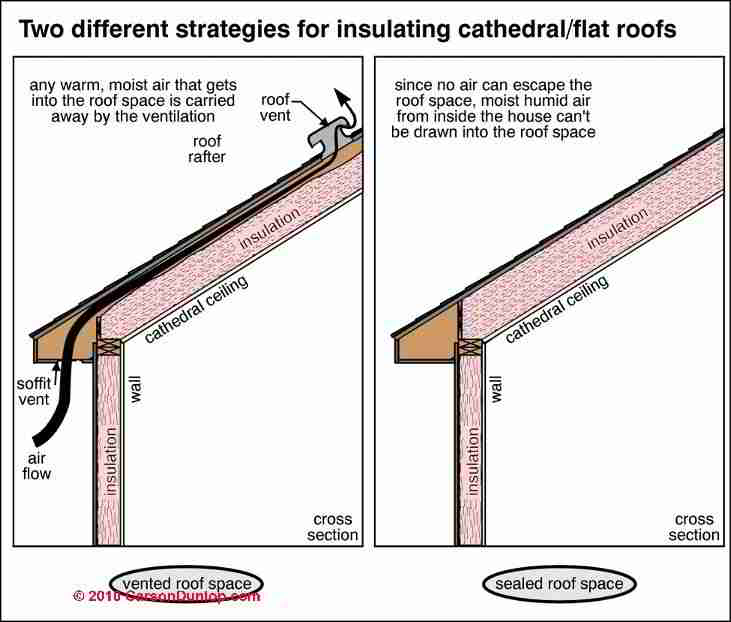How often should a flat roof be coated.
Flat roof noise insulation.
If you have a noisy roof and want to do something about it you could always install a layer of insulation.
There are a number of flat roofing products and systems available that can improve sound absorption or sound insulation performance.
Or when it has come loose.
No matter how much of an echo chamber your apartment is this has nothing to do with soundproofing.
Install metal roofing over sound absorbing foam insulating panels to reduce noise transmission through the roof to the building interior.
One way to cut down on the noise is to install insulation.
A lifespan of an un coated flat roof is around 10 years but coating it every five years or so can extend this enormously.
The most common noise issues with flat roofs are banging loud rain snapping popping sounds heat related cracking and creaking.
This is a step that is generally taken retroactively as it is not necessary when a roof is installed with the proper type of roof underlayment.
This maintenance typically comes in the form of coating the flat roof.
As part of a single ply or high performance built up roofing system high density boards of materials such as volcanic rock can provide high levels of acoustic insulation.
Homes with flat roofs require a different approach to insulation than the standard approach used for homes with pitched roofs.
Because most flat roofs don t have an attic crawl space or venting.
The sound can be present both in mild weather and heavy winds.
You can have an acoustically comfortable apartment full of soft furnishings.
But this won t stop noise from entering your apartment and ruining a good night s sleep.
If it sounds like noise is bouncing around your apartment this is solved through sound absorption not soundproofing.
At least 100mm of rigid board insulation must be positioned on top of the vapour control layer the vapour control layer stops any moisture within the building contaminating the insulation.
Re roofing with metal roofing over existing asphalt shingles if permitted by local building codes will afford some sound insulation.
Find your zone on the map and then use the chart to determine the level of insulation you need to properly insulate your attic walls floors and crawlspaces.
Achieving greater r values in attics the higher the r value the better the thermal performance of the insulation.

